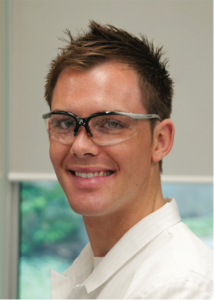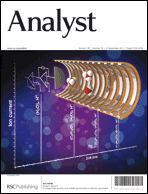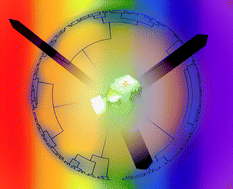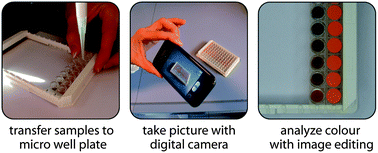
Detection of E. coli in Ringer's solution
Sophisticated analytical tests producing a readout which can be interpreted by the naked eye, or by image editing software, are becoming increasingly popular. They offer a low cost alternative to tests requiring expensive equipment and highly trained analysts. Jürgen Popp and colleagues from the Friedrich Schiller University and the Institute of Photonic Technology in Jena, Germany, have developed a new detection method for DNA which provides a distinctive colour change in the case of a positive result.
The bacterial contamination of intravenous fluids in hospitals is a significant concern in modern medicine, so Popp and his team chose the detection of E. Coli in Ringer’s solution as the first test for their assay. The technique uses surface-modified magnetic beads which can bind complementary target DNA by hybridisation. A silver deposition kit provides the visual colour change: for a positive result, silver nanoparticles are generated by enzymatic silver deposition, turning the sample black. As well as being an inexpensive and convenient qualitative test, a quantitative result can be found by analysing a digital photograph of the colour change in standard image editing software.
To read the full article, please cick on the link below. The paper will be free to read for the next three weeks.
Convenient detection of E. coli in Ringer’s solution
Martha Schwarz, Susanne Pahlow, Thomas Bocklitz, Carolin Steinbrücker, Dana Cialla, Karina Weber and Jürgen Popp
Analyst, 2013, Advance Article
DOI: 10.1039/C3AN01240A
















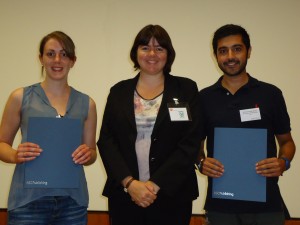

 Joseph Wang
Joseph Wang
